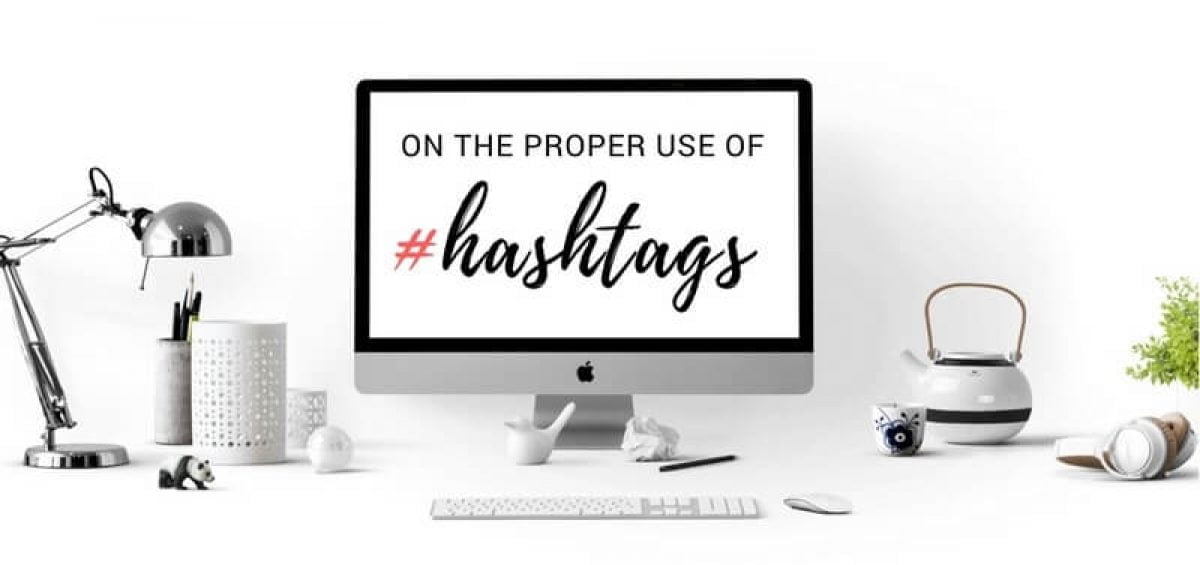
”A hashtag is “a word or phrase preceded by the symbol # that classifies or categorizes the accompanying text”.
Merriam-Webster Dictionary
Hashtags have become an integral part of social media especially when one wants to be found. The use of the pound sign or the number sign became a symbol for social media posts, especially for Twitter and Instagram. Think of hashtags as search blocks that can connect you to a post related to your topic. The use of hashtags became popular when in 2009, Twitter began to use hashtags to hyperlink relevant and trending posts into one category. People then caught up to the trend and started including hashtags to their post so that they too can find their posts within trending topics and read other posts related to their topic.
Apart from these, hashtags are also used as prompts, especially for Twitter. In today’s modern age, technology plays an important part in raising awareness about social, environmental and political issues. Most of the time, social media pages are used to voice out concerns and bring to attention pressing matters that need answers. Hashtags then are used to trend a topic and bring to people’s attention a cause that needs action. Campaigns are created with official hashtags so that people can easily find them and join in the conversation or the activity being done.
- A hashtag works by putting a number sign or a pound (#) in front of, or before the word or the phrase you want to be found.
- If you are linking a phrase, make sure to not put any spaces between these words.
- A post with a number sign before a word or a phrase is called a #hashtagged post.
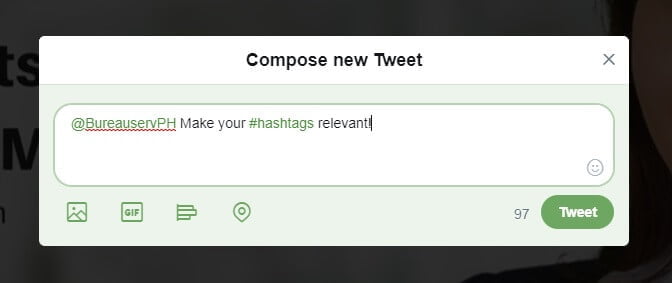
Here are some reminders on how to use hashtags properly
KNOW SOCIAL MEDIA POLICIES WITH REGARDS TO USING #HASHTAGS

Be careful in using hashtags; they might harm your post rather than do you good.
The most common error that people do when including hashtags is putting too many into a post that has too little text. The second? Exceeding the allowed number of hashtags in a single post. Social media accounts have policies on the proper use of hashtags. Take the time to know and understand them to avoid the crime called over hashtagging.
The general rule for using hashtags includes the use of the number sign or the pound sign before a word or a phrase without any spaces. Other than alphabetical characters, numerical values can also be included in a hashtag except for numerical symbols such as %, $, etc.
Unlike Twitter and Instagram, Facebook’s policy on who can see your hashtagged post would depend on what people share with you. Facebook does not automatically show posts with a given hashtag, you have to search for the hashtag on the search bar to see other posts. This means that even though your post is in public if you are not connected to your audience, they will not be able to see your post. Only people who follow your page or connected to someone who shares your post will automatically see your hashtagged post.
Though Twitter allows as many hashtags that can fit into 140 characters in a single tweet, they only recommend using two hashtags per post to maximise the content of the post. For Instagram, you are allowed to use up to 30 hashtags on the post itself or the comments section of a post. Though LinkedIn doesn’t have a set number of allowed hashtags per post, it is recommended to have 3-5 hashtags so that you don’t clutter your post especially when you have less text.
Unlike other social media pages, LinkedIn does not set a limit to the number of hashtags used per article. You can add as many hashtags as you like in your summary, headings and blogs but you cannot edit these hashtags once you have published your articles. With regards to Google+, the system itself provides related tags to your post therefore even if you do not include hashtags; you will still surely be found by those who search for your topic.
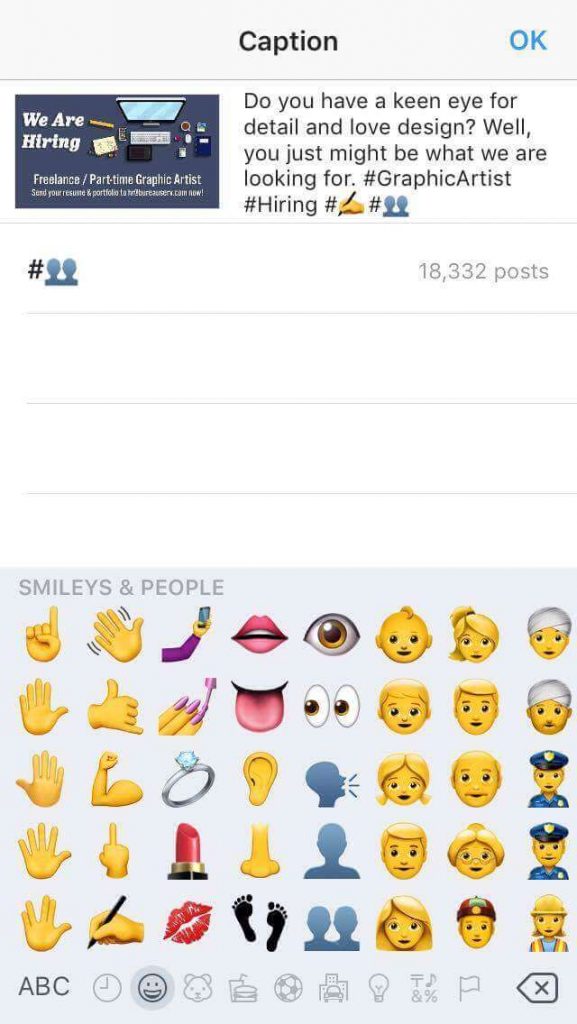
Other than hashtags, the social media world is also fond of using emojis especially when you cannot convey in words what you want to say. With Instagram, emojis can be utilised as hashtags just like when words and phrases are used when you place a pound or a number sign before the word. Other social media pages do not allow emojis as hashtags, at least for now. Emojis can be added separately, but they cannot be used as a substitute for a word or a phrase.
CUSTOMISE THE USE OF #HASHTAGS PER SOCIAL MEDIA ACCOUNT
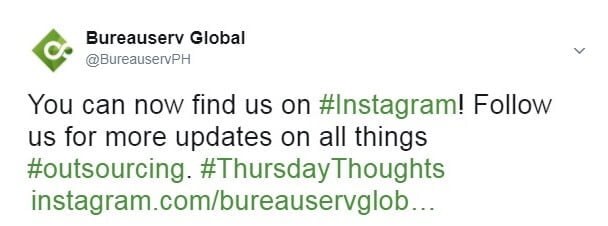
Social media accounts target different markets and therefore it is wise to know your audience so that you can customise your post. For Twitter and Instagram, take advantage of trending keywords you know people will check every day such as the #QuoteoftheDay and the different hashtags for the various days of the week: #MotivationalMonday, #TravelTuesday, #WisdomWednesday, #ThrowbackThursday and #TGIF among many.
The best way to know what hashtags to use per account would be to search about the market which uses these accounts and then try to customise your post with regards to what topics the audience is searching for. See what kinds of hashtags are more commonly used in social media accounts and then use those which are related to your topic. Make your hashtags matter by knowing which tag most affects the audience of a social media page.
Social media accounts use hashtags a little differently. For example, you can use as many as 30 hashtags per post on Instagram but not on Twitter because of the 140 characters per tweet limit. Instagram can use hashtags as descriptions while Twitter can only use hashtags for keywords. Even though Instagram allows up to 30 hashtags in a single post, it is not advisable to use so many hashtags as it could make your post look like spam. Keep the text high and only use relevant hashtags strategically.
MAKE YOUR #HASHTAGS RELEVANT
Know what people are looking for at the moment and keep your hashtags up to date with the trends. However, this does not mean that you are free to use any hashtag. Make sure to put hashtags that are related to your topic to ensure that your social media followers and the search engines recognise you as a credible source and not a spammer.
Just like this post on Bureauserv’s official Facebook page, use hashtags with relevance to your post especially if you are talking about a trending topic. This blog post used hashtags for the keywords “Cryptolocker,” “NotPetya” and “GoldenEye” because these are the words often searched on the topic of Ransomware. You can also hashtag terms that people search for that are somehow associated with the topic discussed in the blog post such as “data,” “trend” and “insights.”
Apart from being relevant, make your hashtags specific terms associated with the topic discussed in the blog post. With so much content on the internet, the chance of getting found on a generic hashtag is like one in a million. But when you use a specific hashtag that you know has an audience, you are eliminating the unnecessary competition and going straight to the people who are interested in your topic.
For example, if your topic is on new methods for planting or gardening. Instead of using the word “planting” as a hashtag, it is better to be more specific and use #hydroponics. Planting would put you in direct competition with everyone who is talking about plants, gardens, farming, and other related topics and your content could easily get lost. On the other hand, hydroponics would bring you in front of a more relevant audience. Therefore, the chances of your post getting found and trending are much higher.
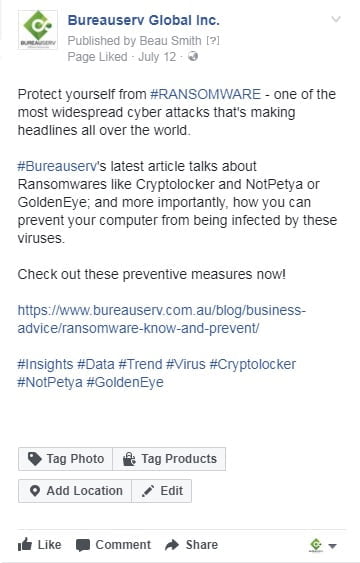
KEEP YOUR #HASHTAGS AT A MINIMUM
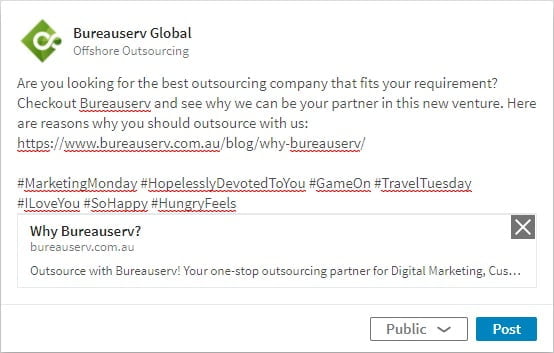
Another mistake that users do is when they include too many words in a single hashtag. This technique is not always effective since people do not usually use the same words that you use even though you are posting about a common theme. When using long hashtags, it is better to search from trending hashtags first and use one that resonates your message instead of creating one that others may not connect with.
Make sure that you have more text than hashtags so that the search engines can pick up your post accordingly. Don’t use hashtags for everything especially if you know that your hashtags are not related to the topic of your post. The photo on the left side shows an example of an unpublished post in LinkedIn that uses too many unnecessary hashtags to a single post. Even though the topic is about outsourcing, the user included hashtags on travelling, love and hunger.
Twitter only allows 140 characters which already include the hashtag. Therefore, to make your post more efficient, make sure to choose the words that best convey your message and then select one or two hashtags that are more likely to trend. Weigh what you think is best for your post: more trending hashtags or more relevant text. Make sure to keep them balanced to keep your post interesting and credible.




